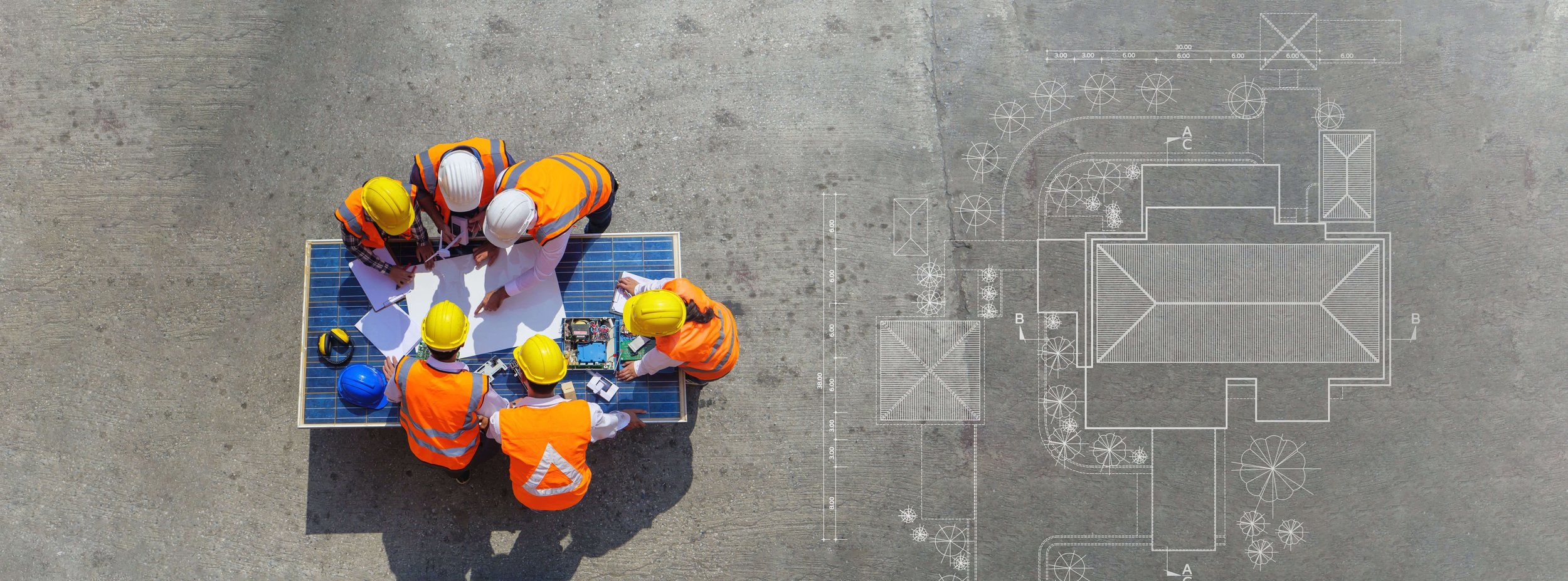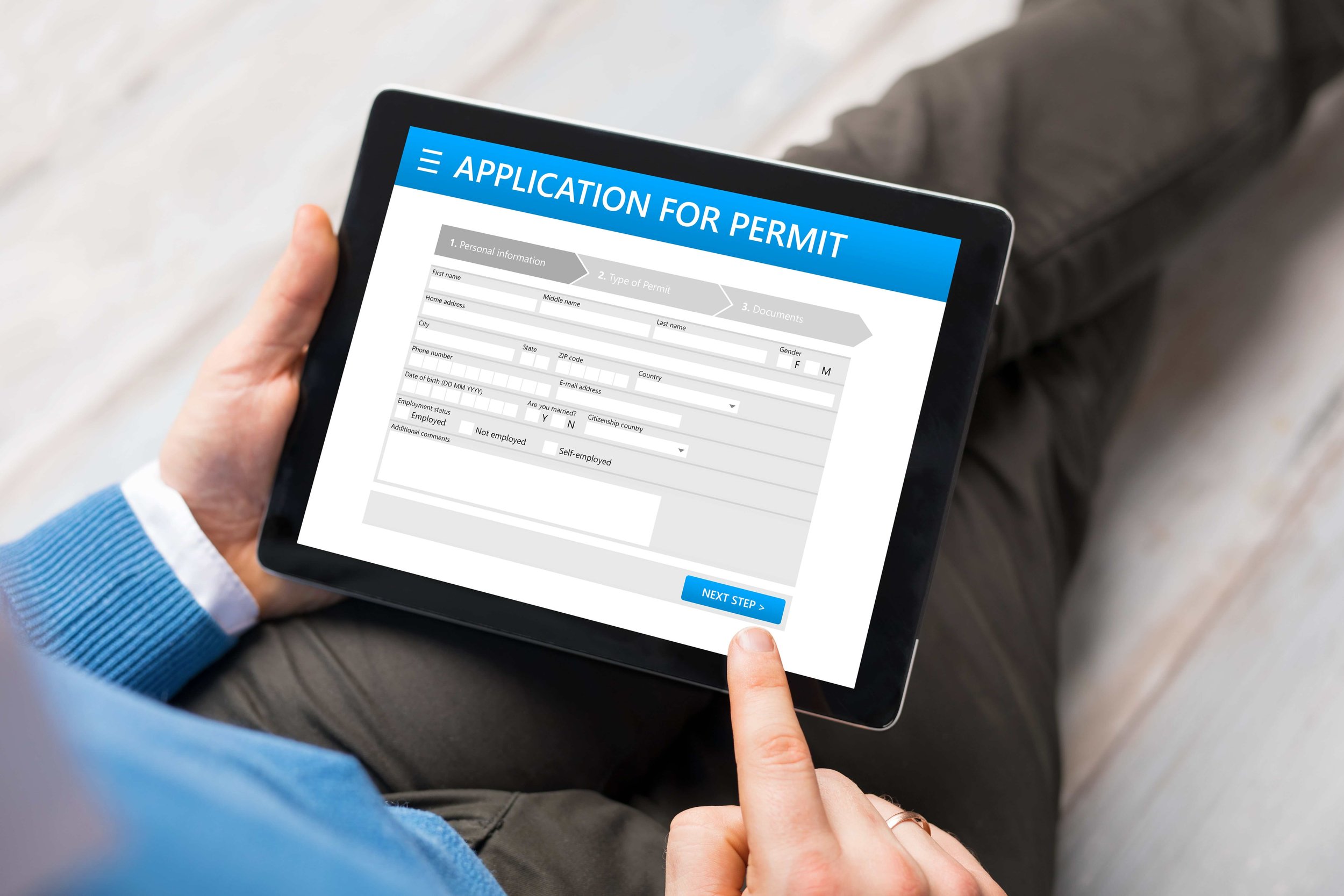When is a Building Permit Not Required in Los Angeles?
Los Angeles, a city known for its iconic skyline and architectural marvels, abides by strict building codes to ensure safety and standardization in construction. But did you know not every construction project in the City of Angels necessitates a building permit? Understanding when a building permit is required—and when it is not—is crucial for homeowners and contractors alike. This blog post will demystify the circumstances under which a building permit is not required in Los Angeles, California.
Understanding Building Permits
Before diving into specifics, it’s important to grasp what a building permit is. It’s an official approval issued by the local government that allows you to proceed with a construction project. The permit process ensures that plans comply with local standards for land use, zoning, and construction. These standards are in place to guarantee the safety of the structure for its intended use.
Projects That Typically Do Not Require a Building Permit
In Los Angeles, certain small-scale projects may not require a building permit. However, it is always best to confirm with the Department of Building and Safety before proceeding. Here are some instances where a permit may not be necessary:
Minor Repairs and Maintenance
Routine maintenance tasks, such as painting, wallpapering, and minor electrical repairs that do not involve new service or circuitry, often do not require a permit.
Small, Non-Structural Upgrades
Upgrading built-in cabinets, countertops, and similar finish work usually does not need a permit, as long as the structure is not altered.
Certain Fences and Retaining Walls
Fences not exceeding a certain height (typically 3.5 to 4 feet in the front yard and 6 to 8 feet in the side and backyards) and retaining walls that are not over a set height (usually around 3 feet) from the finished grade at the lower level can be exempt.
Accessory Structures
Some small accessory buildings such as tool sheds or playhouses under a specific size (e.g., less than 120 square feet) may be exempt, provided they are not used for habitation and placed a certain distance from property lines.
Concrete Slabs and Walkways
Pouring a residential driveway or a sidewalk within your property might not require a permit, as long as it does not encroach on public right-of-way or affect drainage patterns.
Landscaping
Ordinary landscaping, including planting trees, shrubs, and flowers, generally does not demand a permit.
Caveats to Consider
While the above projects may not require a building permit, there are caveats to consider. Zoning laws or other restrictions may apply. For example, you may need to comply with specific environmental regulations or historical preservation rules. It’s also important to note that even if a permit is not required, the work must still comply with all applicable codes and ordinances.
When Building Permits Are Required
For most construction projects, you will need to obtain a permit. This includes, but is not limited to, new buildings, additions, structural changes, substantial renovations, electrical, plumbing, and HVAC work. Erecting or altering any permanent structure typically calls for a building permit.
Starting a New Construction Project? Contact The Sterling Watson Collective for Help
Understanding when a building permit is required in Los Angeles is crucial for any construction or renovation project. Regulations can be intricate, and navigating them without expert assistance might lead to costly delays or legal issues.
At The Sterling Watson Collective, our team of seasoned structural engineers is here to support your project from inception to completion. We offer specialized guidance in securing the necessary permits, ensuring that your project adheres to all local building codes and regulations.
Whether you’re planning a minor home renovation or a major construction, we're here to point you in the right direction and simplify the complexities of compliance. Contact us today - let us help you turn your architectural visions into reality, efficiently and legally.
FAQs
-
No, minor repairs like painting, wallpapering, and minor electrical work typically do not require a permit.
-
No, you generally do not need a permit for non-structural upgrades such as installing cabinets or countertops.
-
Fences under 3.5 to 4 feet and retaining walls under 3 feet do not usually need a permit.
-
Small structures like tool sheds or playhouses under 120 square feet may be exempt from permits.
-
Usually, residential driveways and walkways do not require a permit if they do not affect public right-of-way or drainage.
-
Ordinary landscaping does not require a building permit.
-
Always check with local authorities as zoning or environmental regulations may require permits even for usually exempt works.
-
New construction, additions, structural changes, and significant electrical, plumbing, or HVAC work will need a permit.
-
If you're starting a project and want to ensure compliance, The Sterling Watson Collective is here to guide you through every stage. Visit our Earthquake Retrofitting, Grading Pre-Inspections, Home Improvement, Fire Damage Restoration, Soft Story Retrofit, and Structural Inspection services for further assistance.


